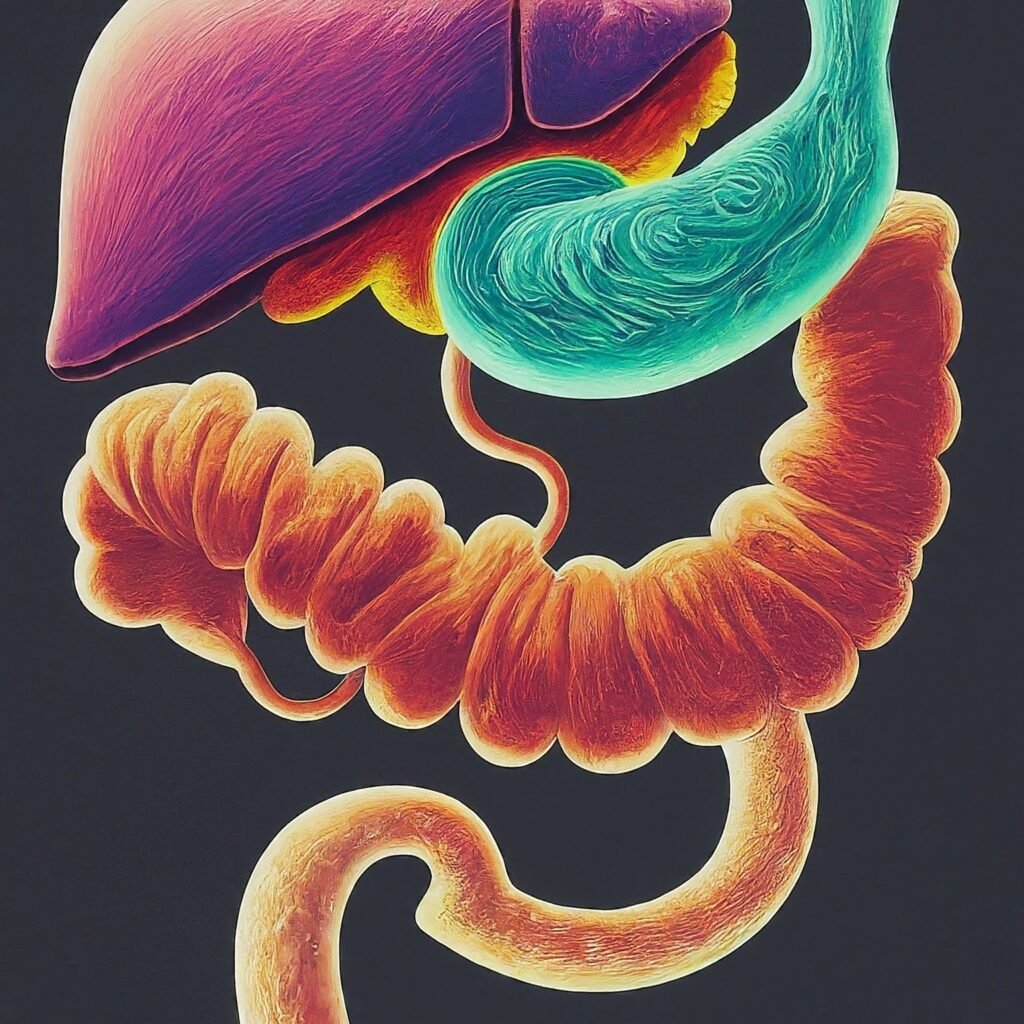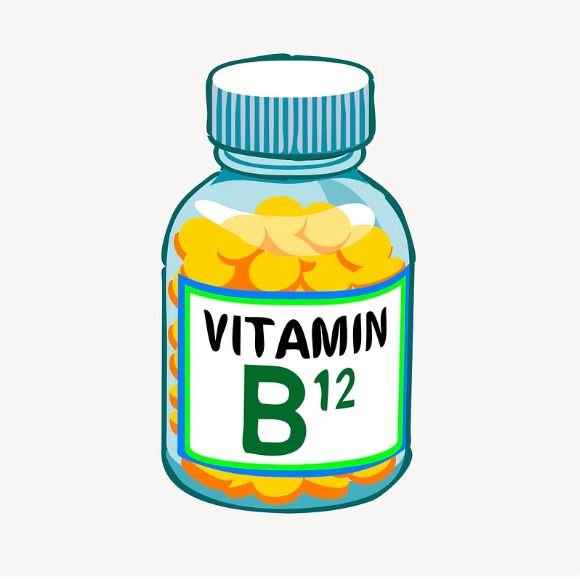Respiratory allergies: causes and remedies to mitigate it

Allergies in the respiratory system: some causes and the 6 popular remedies that can help to permanently mitigate it, even prevent you from having it again.

Different types of respiratory allergies and how we can treat them with special care in our surroundings, and the food we eat.
Table of Contents
Mold.
The air carries mold spores, which can be present throughout the year and are the main causes of respiratory allergies. Mold is most common in damp interior spaces like basements, bathrooms, or laundry rooms. Fabrics, rugs, stuffed animals, books, or wallpaper can contain mold spores if stored in damp places. In outdoor spaces, mold is found in soil, compost, and on wet vegetation.
Animals.
People who have allergies to certain animals are rarely allergic to their fur or feathers, but are actually allergic to the tiny flakes of skin (dander) that animals shed. Some people are allergic to the saliva of animals, especially that of cats (their saliva contains a protein known to cause allergies). You can come into contact with an animal’s saliva if it licks you, if it touches you after it has groomed itself, or if you touch an object that the animal has recently licked or bitten. Similar reactions can occur with exposure to dog saliva.
Dust.
Household dust contains microscopic particles of pollen, mold, fibers from clothing and fabrics, detergents, and microscopic insects (mites). Dust mites, including tiny fragments of dead mites, are the leading cause of dust allergies and are found in greatest numbers in bedding, common mattresses, and box springs.
Food allergens.
Although allergic reactions can occur to any food or component of it, some occur more frequently than others. The most common food allergens are cow’s milk (dairy) and gluten, among a wide variety of foods that are industrially processed, such as refined flour and sugar in all their presentations, for which, the best remedy to eliminate the allergy is produces is by stopping consuming them.
Other allergens.
A study found that chemicals on your computer screen can cause allergic reactions, such as itching, nasal congestion, and headaches.
The chemical compound that can cause these problems is triphenyl phosphate, a flame retardant widely used in the plastic of video monitors and computers. If you use computers indoors, make sure you have adequate ventilation.
Home remedies for respiratory allergies.
Having an allergic reaction to wine (usually red in color), such as turning your face red or coughing unexpectedly, is usually caused by histamines produced from the skins of grapes. To eliminate this problem, pour a glass of wine and let it sit for 30 minutes before drinking it. The histamines will dissipate into the air.
Apple cider vinegar.
It is a popular unique remedy for nasal congestion. Do the following: put two inches (approx. 5cms) of apple cider vinegar in a small saucepan and heat until it begins to evaporate. Inhale the steam. If the steam is too strong, add a little water. The nostrils should remain clear for 12-24 hours. Repeat if necessary. By eliminating congestion, the inflammation of the mucous membranes of the nose will be reduced and it will make breathing easier. Cold germs are also killed. Take a teaspoon of vinegar with a glass of water at meals to facilitate healing.
Cayenne pepper.
Both red and black pepper dilate the blood vessels in the nose and stimulate secretions, which helps drain the sinuses. You can sprinkle it on food, or put a quarter teaspoon in a glass of water. This dilates the blood vessels and increases circulation. For very bad cases, and if you are daring, breathe a very small amount into the nose. This hurts a bit, but you are going to have dramatic results. This remedy is especially good for chronic sinusitis.
Essential oils.
Put a drop or two of either eucalyptus or peppermint essential oil on a cotton ball or tissue and hold it close to your nose when breathing deeply. This should increase the air flow. It is not advisable to put the oil in the nose as it can cause swelling.
Grapefruit seed extract.
This extract is a powerful tool around antimicrobials and antiseptics. Try a nasal rinse, putting a few drops of grapefruit seed extract in 1/2 cup of warm water and inhaling it, repeating two or three times, especially before going to bed and when getting up in the morning. Grapefruit seed extract helps kill bacteria.
Salt water vapor.
Here is another remedy that works well when you are congested and your nose is running. In a large bowl or tub of water, add 1/4 cup to 1/3 of the salt. Allow the salt to dissolve, then dip your face in the water for five to ten seconds and repeat 3-4 times. Keep your eyes and mouth closed, but try to breathe in the mixture.
Nasal sprays.
Sprays can become an addiction or cause nasal congestion to “bounce”. To eliminate these problems, make your own saline nasal spray by mixing eight ounces of warm (boiled first) water with a half teaspoon of the salt. Pour the mixture into an empty over-the-counter nasal spray bottle (you may have to remove the nozzle with a tweezer) and shake. This spray is good for relieving nasal congestion caused by colds or allergies and for moistening dry nasal passages. It is also much cheaper than prescription medicated sprays.


